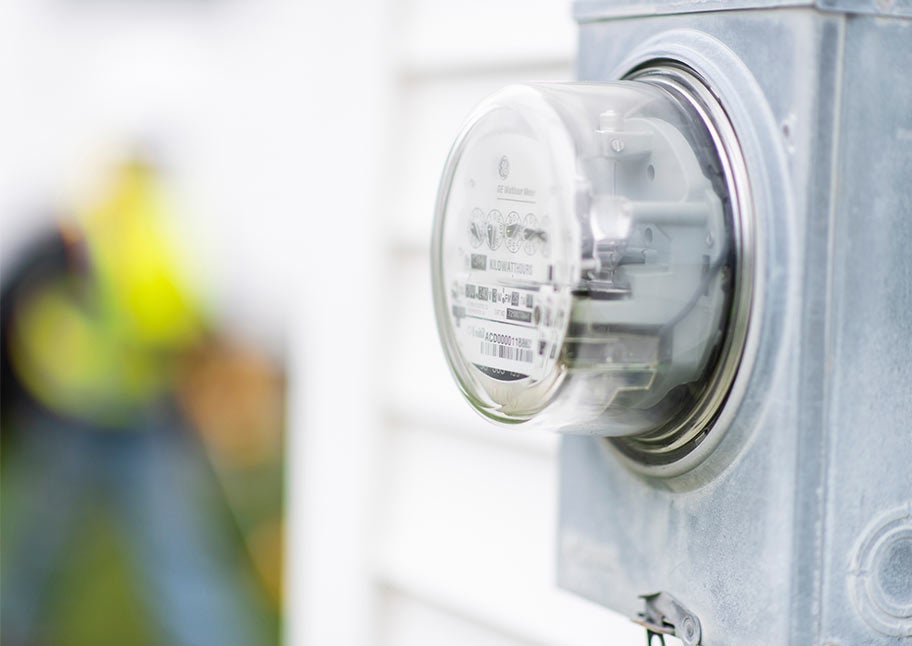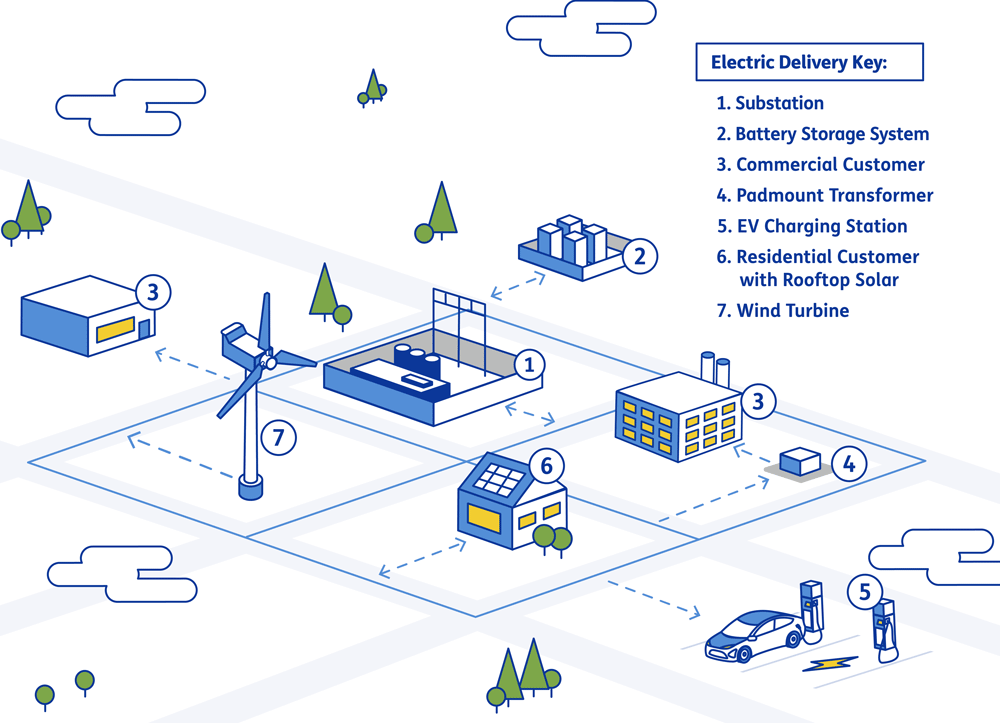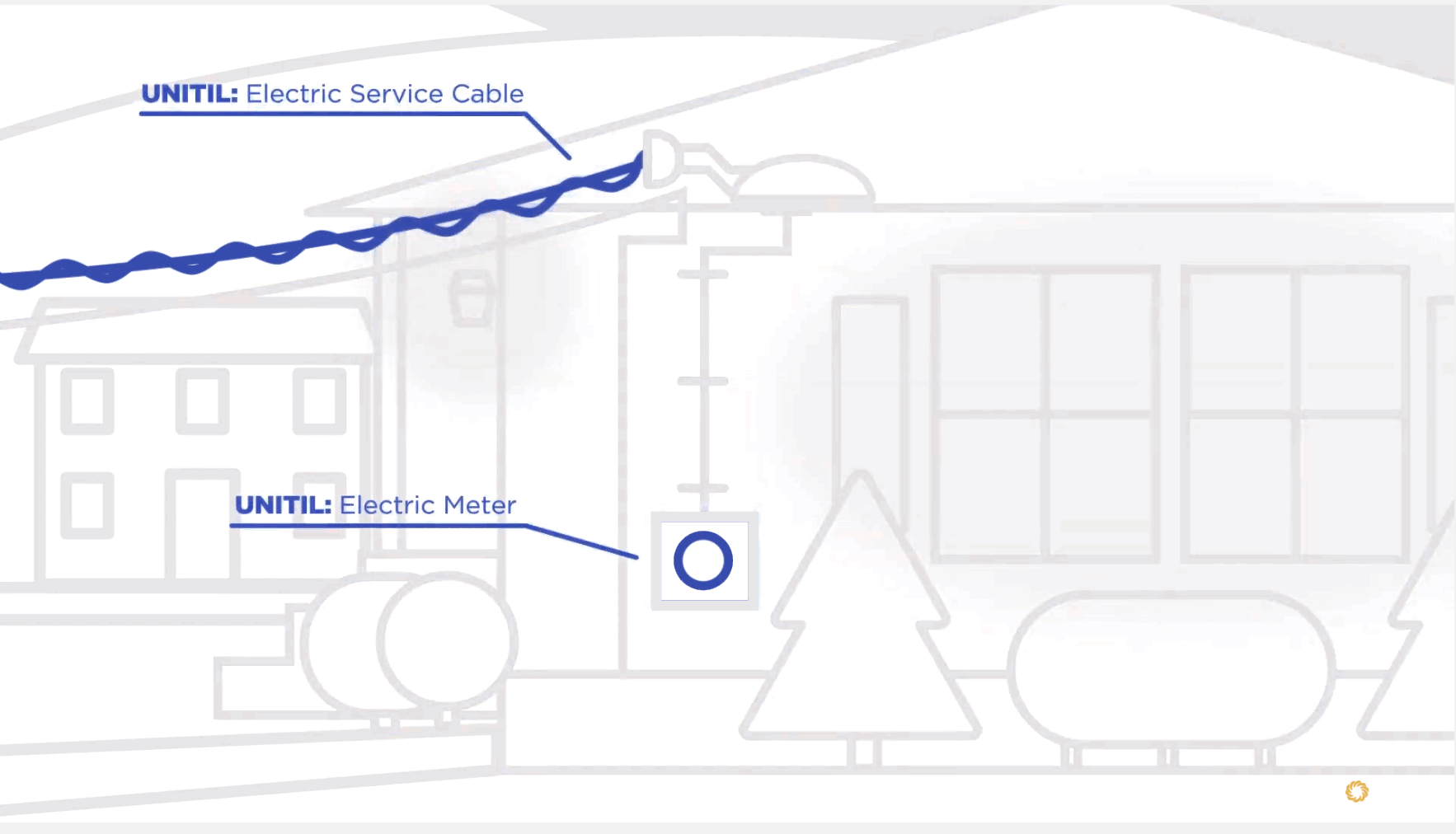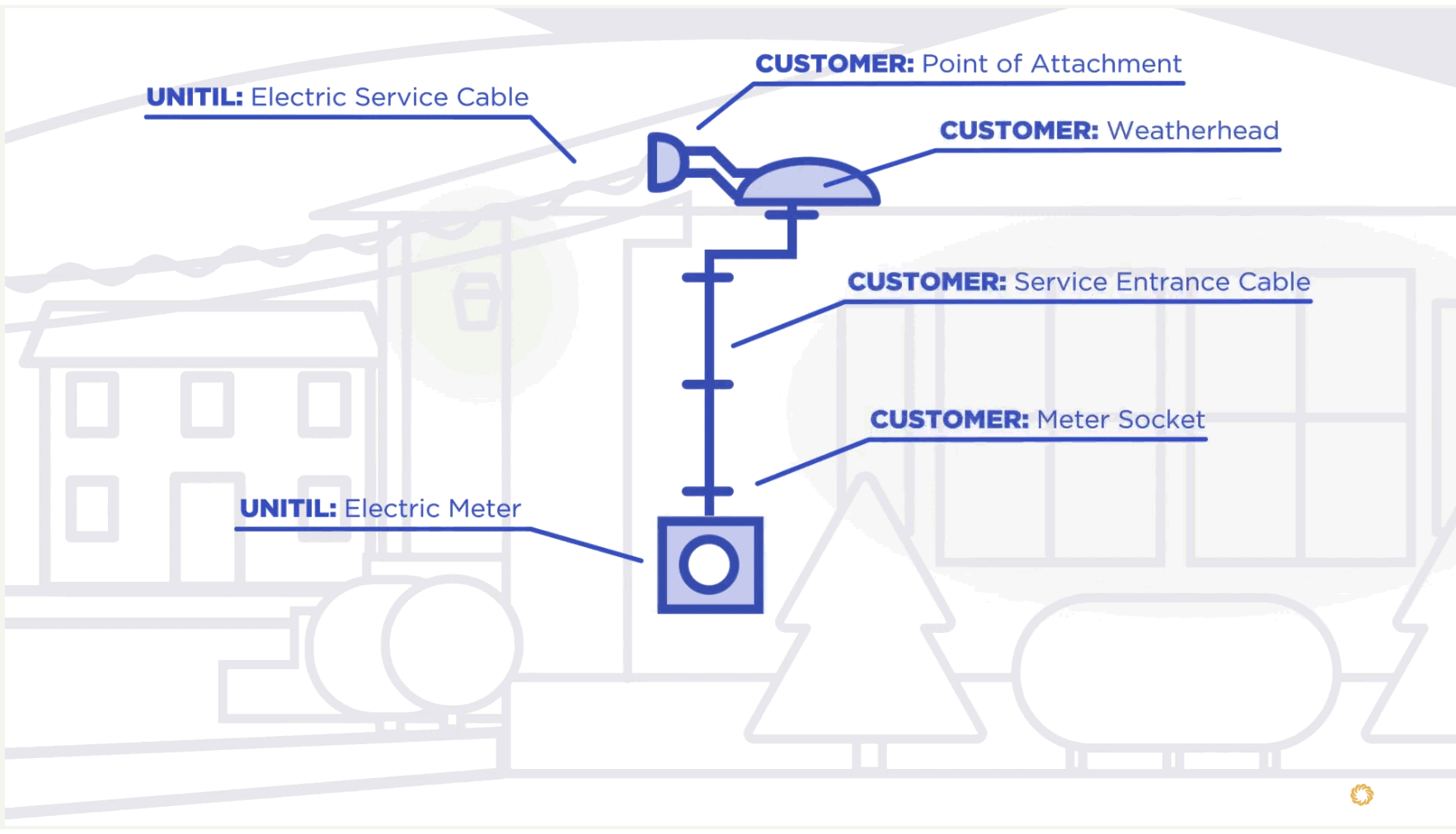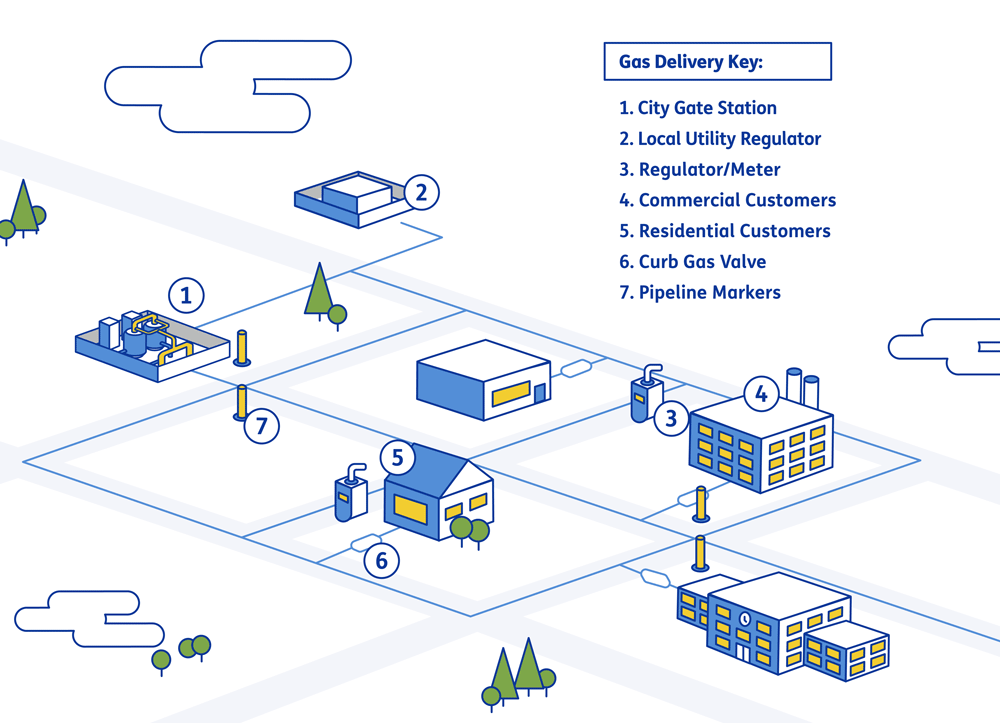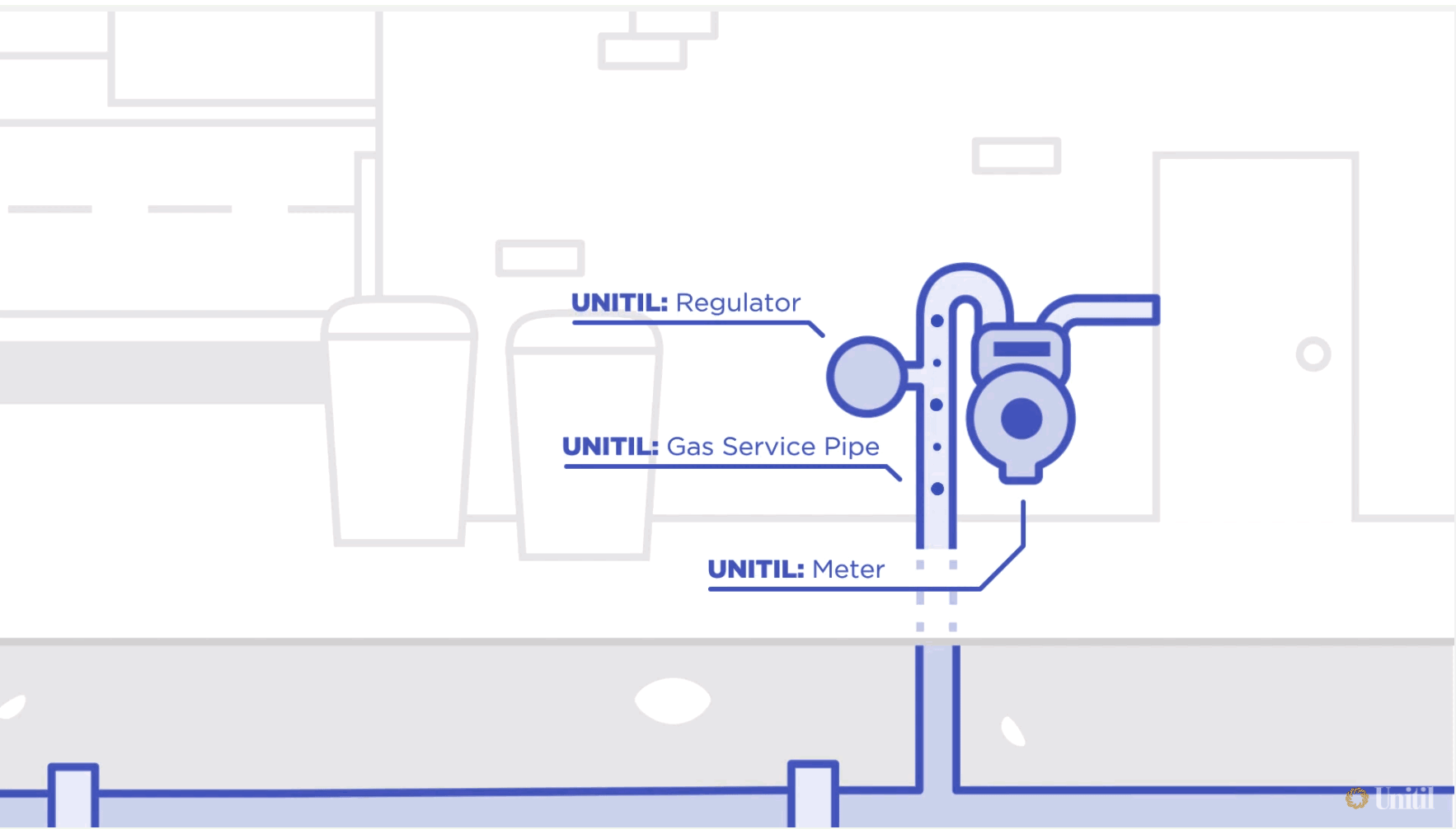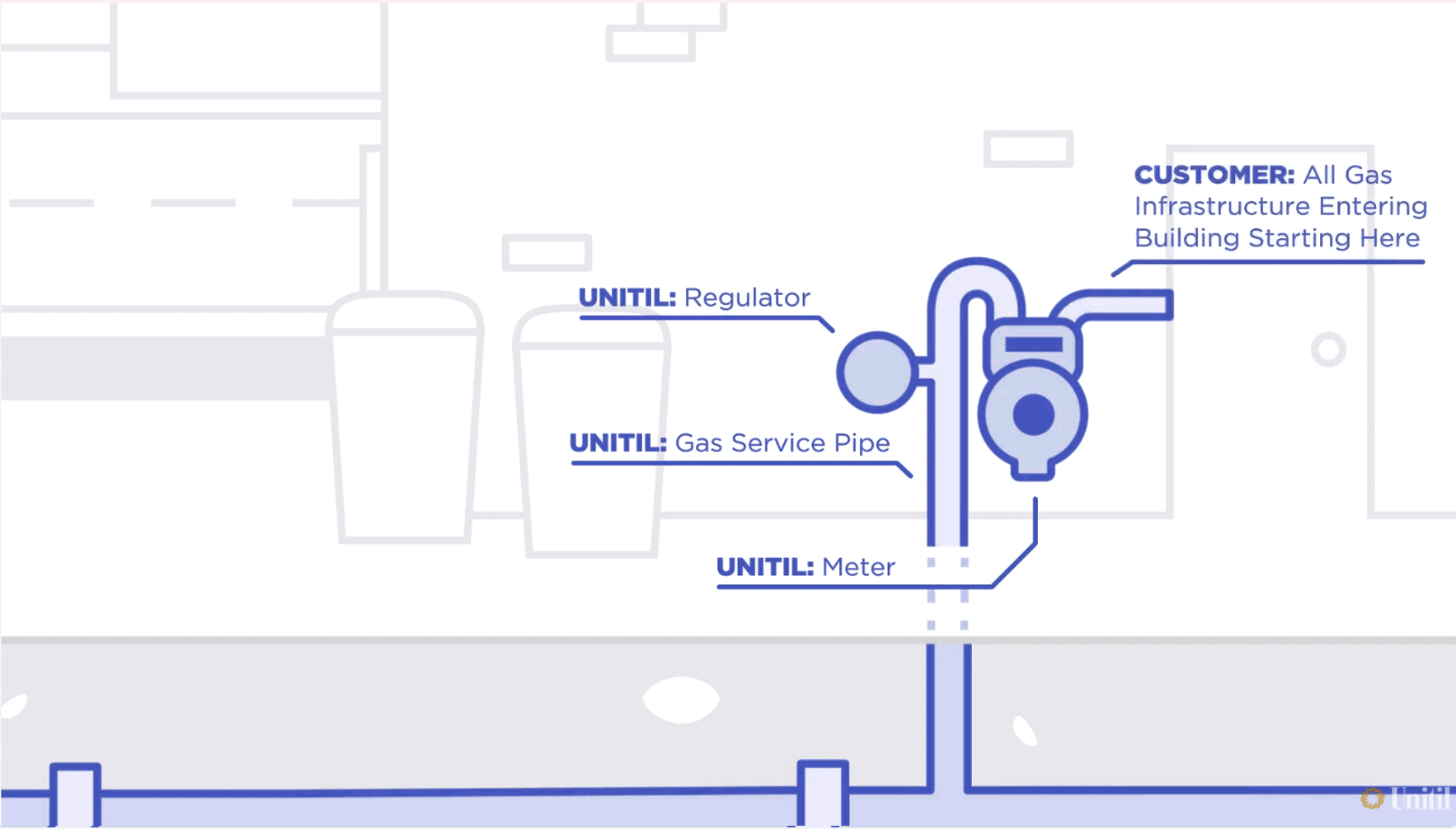Unitil’s tree pruning is limited to tree branches that affect electric wires. We don't trim trees or branches that affect individual customer service lines or phone and cable wires.
It's your responsibility to keep trees clear of the electric service line that runs from the pole to your house. Stay at least 10 feet away from these energized lines and don't attempt to prune trees or branches around them on your own!
Hire a qualified professional and always assume lines are energized. Unitil does not prune unless there is apparent wear or hard contact pushing the service line out of its normal arc. All house service pruning requests are reviewed by a Unitil arborist. If it’s necessary, we'll have a contractor perform the pruning for you.
Storm Tree Removal and Clean-Up
During storms, Unitil crews are focused on safety and power restoration by cutting and clearing trees and limbs as quickly and safely as possible. During these emergency situations, tree work is completed without homeowner notification. Tree branches and debris aren't cleaned-up and must be disposed of by the tree owner.
Please note: If you, or your tree contractor, are pruning or removing a tree near power lines, Unitil will disconnect the electric service and reconnect the service free of charge, after tree work is completed. Please schedule by calling 1-888-301-7700.
Do you need non-emergency pruning or removal of a tree with the potential to affect your service? Request tree trimming.
